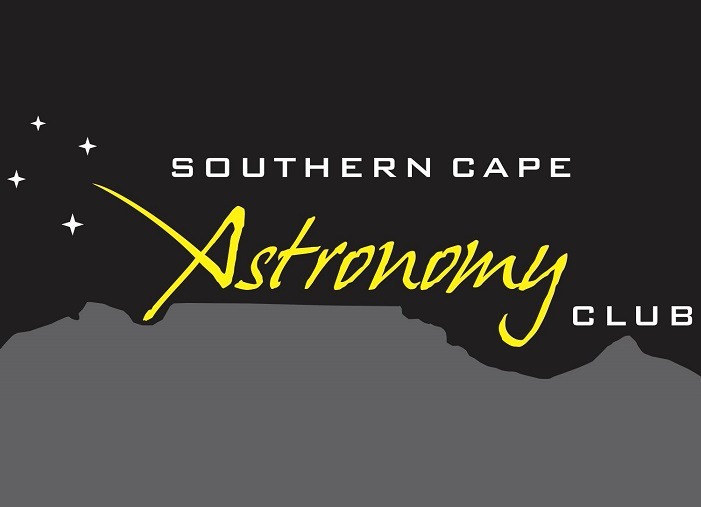Lunar Occultation of Saturn & Titan
The Moon occults Saturn and it's largest moon Titan early on Friday morning...
Gansbaai offers fine dining, superb accommodation, fantastic outdoor activities such as horse trails with Gansbaai & Pearly Beach Horse Trails, shark cage diving, walking trails and much more, as well as great unpolluted night skies.
You don't have to go all the way to cold Sutherland for stargazing. Southern Cape Astronomy offers Night Sky Safaris from their observatory just outside Pearly Beach. A selection of telescopes from 8” to 12” are used as well as video cameras for live views through the telescopes. The club also offers an evening of stargazing (at Pearly Beach Village Green), where all are welcome, normally on the closest Saturday to the New Moon each month.
Over the New Moon period in May, Southern Cape Astronomy hosted a well-attended stargazing evening a the Village Green in Pearly Beach. Deepsky objects such as Centaurus A, the Jewel Box, the Great Orion Nebula, Leo Triplet and Sombrero Galaxy amongst many others were looked at. Two of the giant gas planets, Jupiter & Saturn, were also visible, and Saturn with its icy ring system brought out many oohs and aahs.
One of the highlights during this period of clear skies was the close approach of the “lost asteroid”. This chunk of rock with a diameter of between 60-130 meters, whizzed past us at half the distance to the Moon on Tuesday 15th May. At closest approach (203 000 km, 0.55 lunar distance at a relative velocity of 12.8 km/s) the asteroid shone like an 11th magnitude star. Known as the “lost asteroid” (because astronomers lost track of it after its discovery in November 2010), its formal designation is 2010 WC9. The asteroid is in the same class as the Tunguska impactor which levelled a forest in Siberia in 1908.
The 12inch (for observations) and the 8 inch (imaging) were used during the asteroid's close approach.
The Apollo type NEO (near-Earth object) was discovered by the Catalina Sky Survey (Tuscon, Arizona), on the 30th October 2010. Observed through to December of that year, the asteroid reached an apparent magnitude of +21.8 and was becoming too faint to track. The asteroid has a perihelion of 0.77 AU and an Aphelion of 1.37 AU, an orbital period of 1.12 years, with a rotational period of 8 – 20 minutes.
Image marked 2010 WC9 near B59 Asteroid taken on15/05/2018 @ 18:34 UT, is one 30 second light frame, Canon 60D with 200mm lens working at f2.8, ISO 3200. The bright star on the left-hand side of the image is the globular cluster M19. Field of view is 4.91 x 3.96 degrees. Image marked 20 x 30 shows the asteroid's movement over a 10 minute period.
Southern Cape Astronomy Club meets at least once a month for stargazing or observation evenings close to new Moon or during astronomical related events. The well-established club is based in Pearly Beach just outside Gansbaai.
View ProfileXplorio is your local connection allowing you to find anything and everything about a town.
Read MoreThe Moon occults Saturn and it's largest moon Titan early on Friday morning...
Jaco Koekemoer provided an excellent description of the event "Suddenly out of the corner of my eye, I saw a blinding gold-coloured flash in the direction of Gansbaai.
Come and catch some starlight and join us on the Village Green at Pearly Beach for an evening of stargazing...
Where to find the naked eye planets in March and comet C/2018 Y1 (Iwamoto) is visible in our evening skies...
It's full moon tomorrow 19 February 2019 at 17:54.
At magnitude +5 the comet is an easy binocular and naked eye target...
